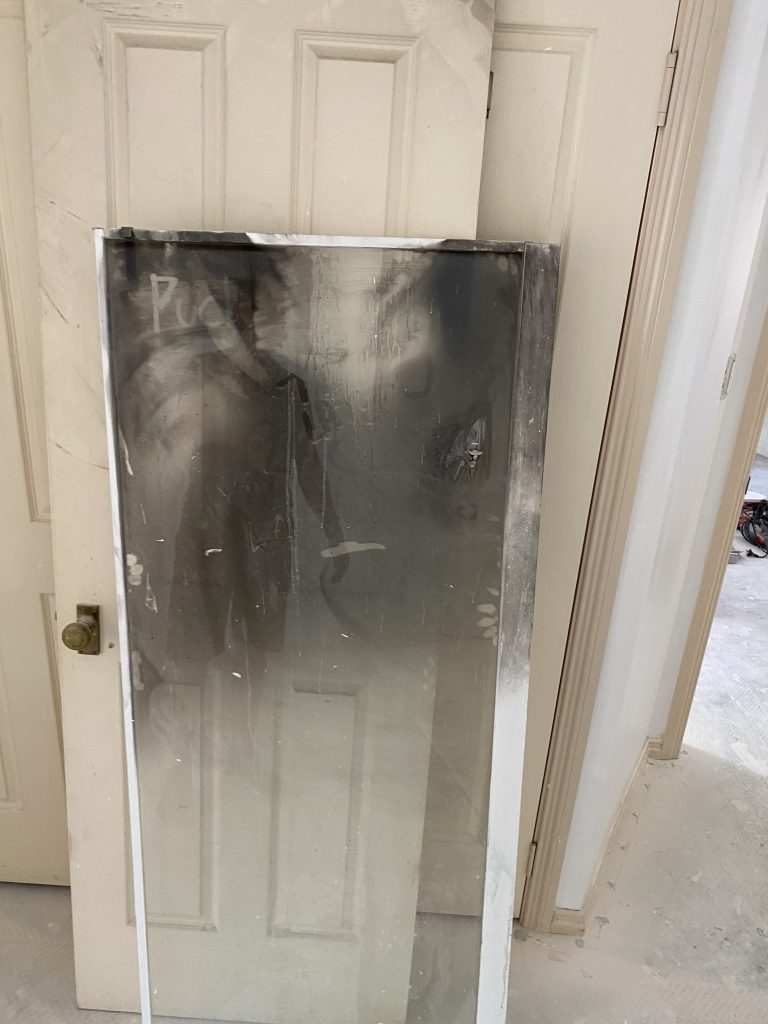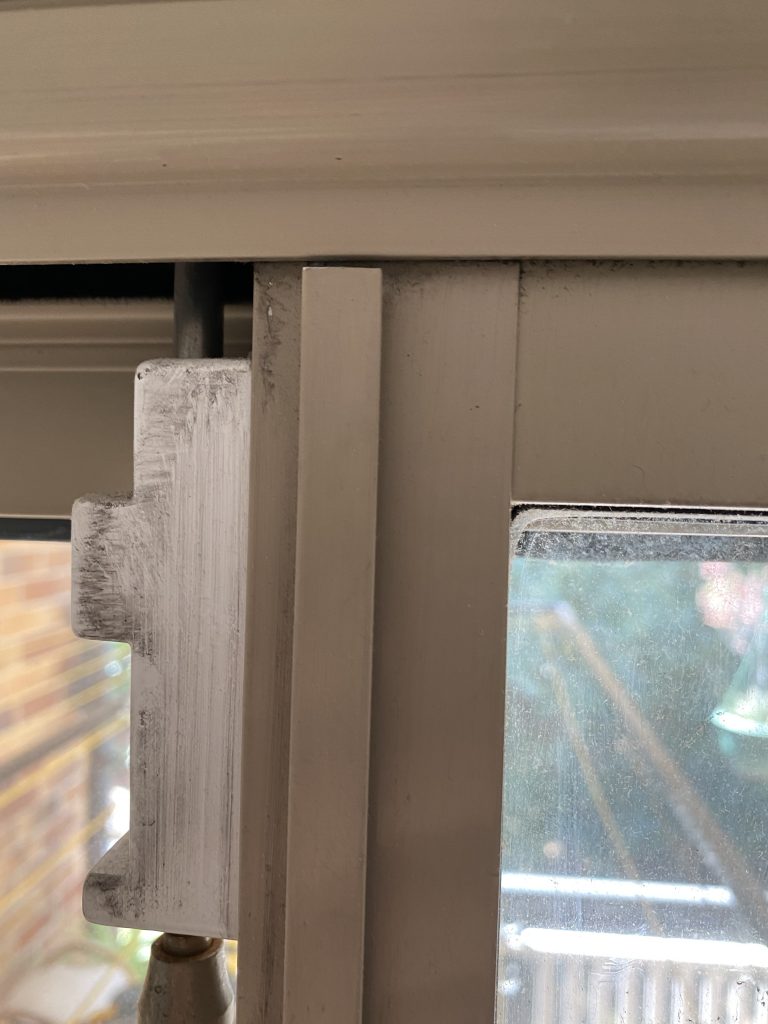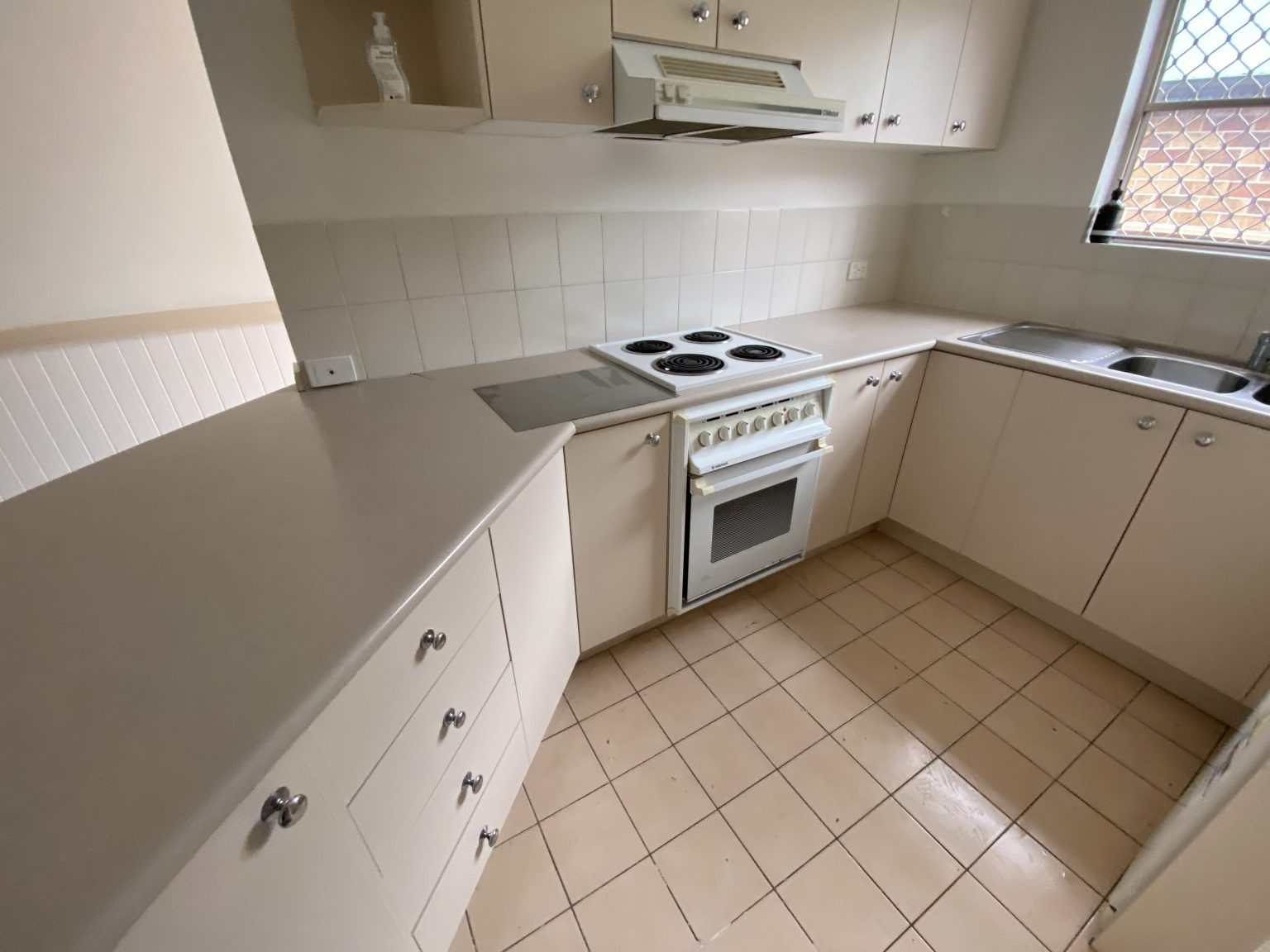CASE STUDY
After a fire occurs in your property, smoke and soot residue quickly settles onto any surface in the vicinity of the damage. Walls, ceilings and furniture are impacted by the lingering byproducts and need prompt restoration to stop long term negative impact.
Effective fire restoration needs to consider the structural damage, control continued contamination and eliminate persisting odours as well as thoroughly clean the property.
Months after the initial fire damage had occurred, our team was called to inspect a single unit in a multi-storey complex in Morningside and determine the quality of the restoration performed by another company.

On behalf of a loss adjuster, our team was contacted to assess the restoration of a single-storey unit, part of a multi-storey complex in Morningside. A thorough assessment needed to examine whether the property had been proficiently restored by another company and determine if planned building works were ready to go ahead.
After assessing that previous restoration had been attempted, we noted the following damage was still present inside and outside the property:
Significant risks are presented with the persistent levels of soot and poor cleaning observed in the property. Before any building activity could commence, we raised our concerns with the state of the property and recommended necessary works for effective restoration.
No fire is the same and, as a result, fire damage needs a unique approach to understand the impact and accurately determine the restoration techniques required. To identify clear results for the scope of work needed, our initial inspection involved test cleaning areas of concern and examining the chemical reactions.
With the complex built over 30 years ago, our team had to carefully consider the materials and structure of the building before commencing works.




After the scope of work was approved by the loss adjuster and relevant regulatory authorities, we were able to officially commence remedial work throughout the affected space.
In order to effectively restore the entire property, our work involved:
Improperly cleaned soot can leave stains and bad odours, making it vital to remove it as quickly as possible. Given the extensive amount of soot remaining around the unit, our team proactively wet cleaned the following areas:
For a detailed and thorough clean, doors and cabinetry in each area were removed from their hinges to allow better accessibility. Intensive cleaning of the ceiling and bricks across the patio prepared them for future building works and exterior painting.


Once the property had been cleaned and rid of contamination, our team performed a final assessment of the property to ensure the restoration results met our high quality standards.


This case study highlights the danger in restoration companies rushing to complete projects. While a cheap restoration might initially be inexpensive, a poor job can end up costing property owners a fortune in the future.
Structural damage and hazardous materials can corrode the value of your property over time, as well as cause lasting health risks if fire damage isn’t effectively cleaned up and restored. When ash, soot and smoke linger in the property, there can be severe exposure to pollution and lung irritants.

By consciously keeping records of our restoration plans, eagerly communicating with our clients and performing high-quality workmanship, we’re able to deliver well-planned restoration in crucial times.

Contact TDR today to discuss what we can do to provide you with a remediation partner you can count on every single time.